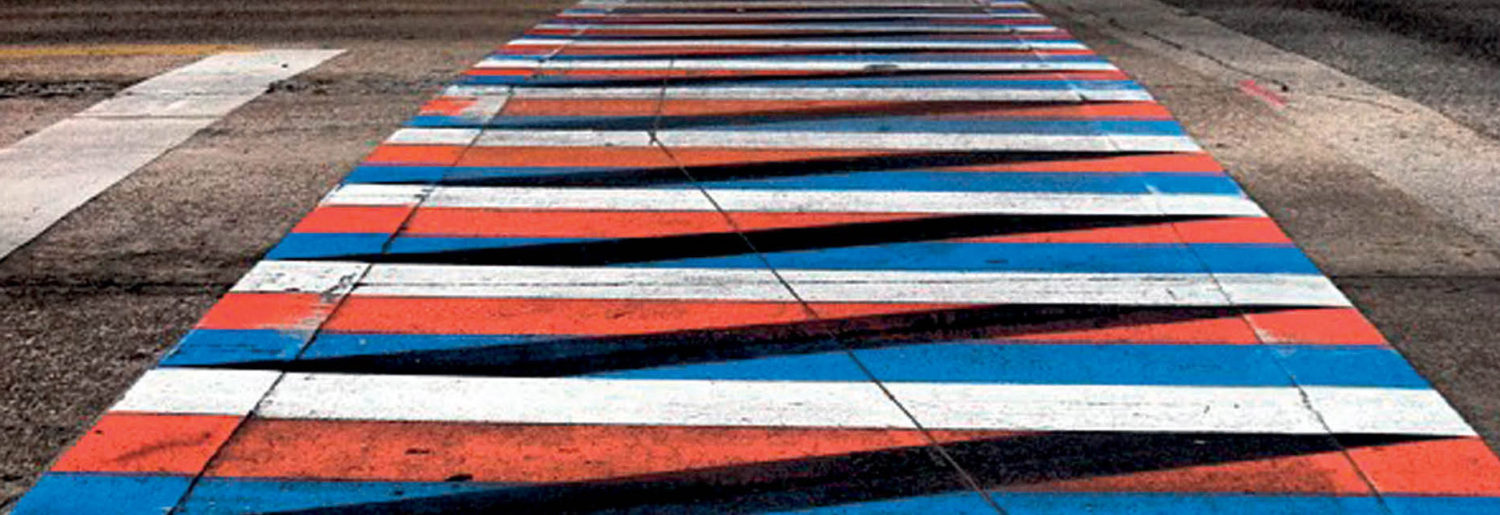Chapter 4

This chapter continues the book’s inquiry into the way twenty-first century authors and artists interrogate institutionalized spectacularism both in their works’ content and form by analysing Léonora Miano’s intermedial novel Blues pour Élise (2010). The novel probes the relationship between minorities’ literal (in)visibility within predominantly whitewashed mediascapes (Appadurai) and their figurative recognition. Far from simply pointing out how the relative absence of racial and ethnic minorities within France’s mediascape impacts its Afropean characters, however, the novel puts itself forth as an Afropean mediascape—its own remedy to the normative, whitewashed French mediascape. Juxtaposing two characters’ views on how to improve Afropeans’ literal and figurative visibility in France, the chapter also reveals underlying causes of this (in)visibility: the painful traumas of France’s colonial past. The novel, then, suggests that opening these painful histories can prove cathartic for all populations involved, and can lead to more inclusive visions of French national identity.
Minorities’ Representation on French Airwaves
This chapter takes seriously the way Blues pour Élise engages a longstanding discussion in France: how, when, and in what roles are racial and ethnic minority characters (and real-life individuals) depicted on Frances big and small screens. Below, you will find supplementary information about how these discussions have played out in France since the end […]
Afropean Music
In chapter 4, I read Miano’s novel Blues pour Élise as an alternative Afropean mediascape. Structurally speaking, the novel resembles both a music album (complete with a “Bonus” track/chapter) and a television series. Each chapter concludes with an “Ambiance Sonore” [soundscape] that lists songs referenced in the preceding chapter. Here are some of the main […]


